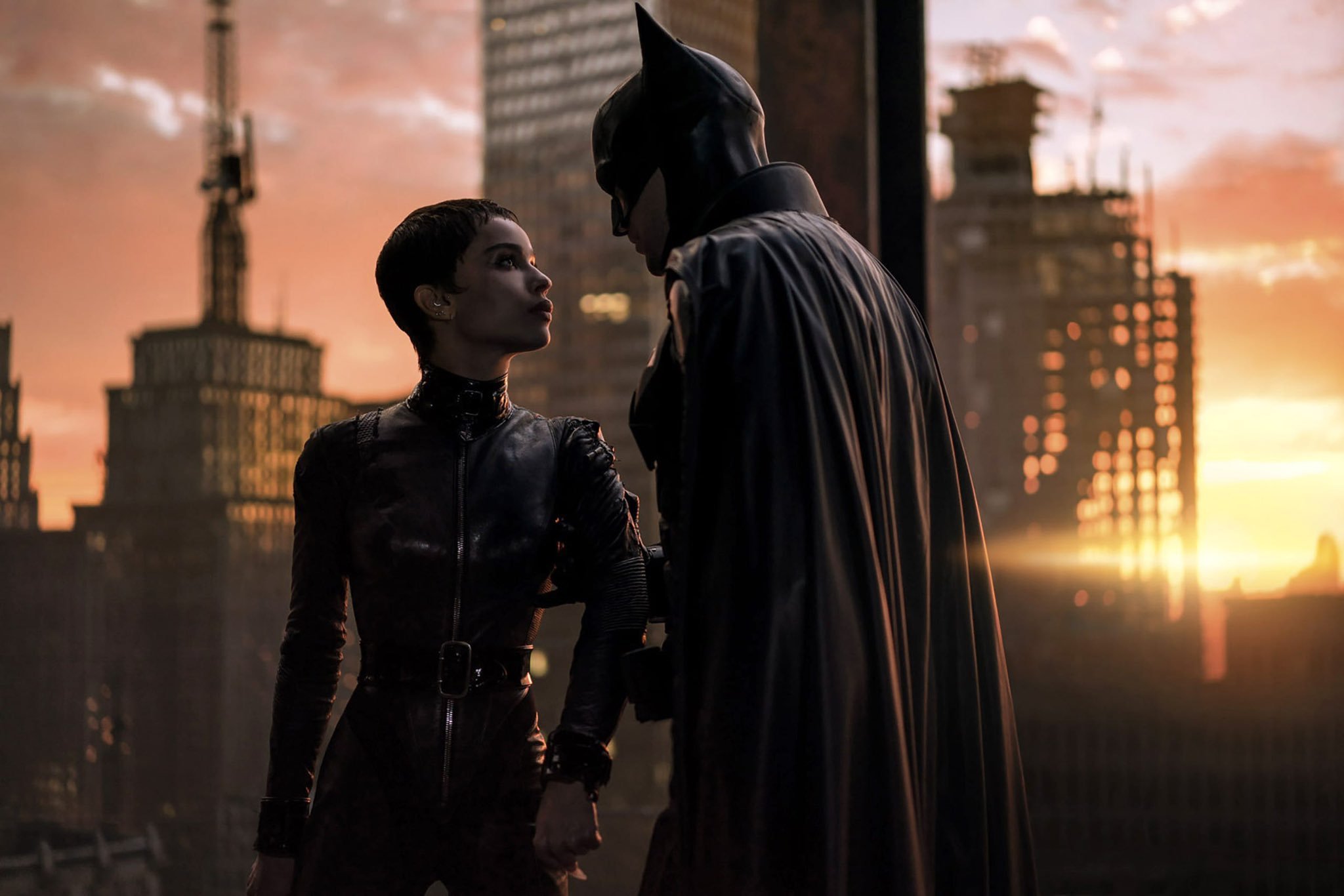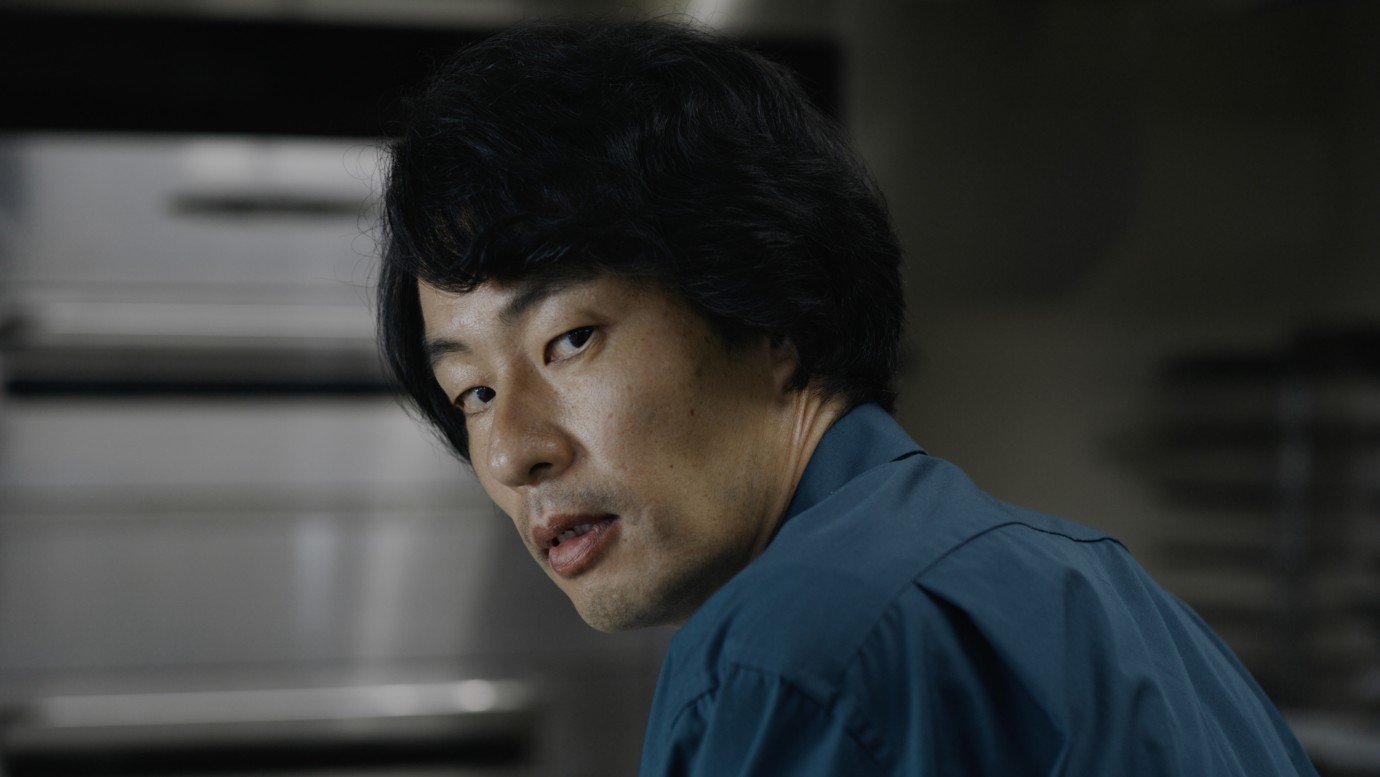Review: The Batman (2022)
Christopher Nolan’s The Dark Knight remains the best and most essential Batman movie, but that’s not to demean Matt Reeves’ The Batman, which presents Robert Pattinson’s Dark Knight as a youngish Batman in only the second year of his crime fighting career. The Batman is a good movie, stylish as well as structurally and thematically layered, and as brooding a film as the incredibly brooding Batman at its centre. It shares that penchant for moodiness with Nolan’s film before it, and like The Dark Knight, Reeves’ film is a cinematically literate and referential work. This is a legitimate neo-noir with a captivating style and a considered narrative and message.
Another similarity with Nolan’s The Dark Knight is the film’s debt to a 1995 classic. Nolan famously took inspiration from Michael Mann’s crime epic, Heat. He even cast William Fichnter in the film as a nod to Mann’s film. Reeves takes inspiration from another 1995 crime classic, David Fincher’s serial killer thriller, Seven. Like Fincher’s film, The Batman is a neo-noir detective story, where Robert Pattinson’s Batman has to sort through elaborate clues and riddles left at crime scenes by a serial killer, Paul Dano’s the Riddler, who is targeting the city elite. Batman is aided in his investigation by Lieutenant James Gordon (Jeffrey Wright) and cat burglar Selina Kyle (Zoë Kravitz) and crosses paths with city officials and gangsters, including John Turturro’s Carmine Falcone and Colin Farrell’s Oswald Cobblepot, known as the Penguin.
The Batman also notably borrows from video games, such as the Arkham series, and comic books, especially The Long Halloween, but ultimately has its own take on the character that isn’t simple repetition. Over the course of the film’s three hours, we follow Batman’s investigation, uncover the corrupted core of Gotham city, and probe the wounded psyche of our hero. You probably don’t need to make a Batman movie that’s three hours long, but at least the filmmakers have a three-hour story to tell, and the length allows you to immerse yourself in this version of Gotham, which adds to the Arkham open-world video game influence. And considering how much Batman we’ve gotten over the past three decades, the film’s storytelling feels relatively fresh, especially for the big screen.
First of all, the film’s narrative is an investigation, which is particularly rewarding, as we’ve rarely seen Batman portrayed on screen as the “World’s Greatest Detective,” as he’s known in the comics, aside from small sequences in Batman Begins and The Dark Knight. Most of the action is dedicated to solving crimes and following clues from one location and character to another. Batman gets into plenty of fistfights along the way, but his primary utility is his detective work. And as good detective stories know, the crux of the mystery is not the who, but the why. As Batman solves Riddler’s riddles and learns why he’s carrying out his campaign of terror, he comes to stark realizions about the city and himself.
It’s a convention of Batman movies at this point for Batman to question his own role as the Dark Knight in the film; Nolan’s films even had him give up the mantle of the Bat for eight years in between The Dark Knight and The Dark Knight Rises. But we’ve never seen a Batman more visibly tortured or emotionally insecure as this one. Pattinson’s Batman is a haunted, goth weirdo, cooped up in his Gothic tower and living a nocturnal life. The more he learns about the Riddler’s motives, the more he questions the assumptions he always had about why he fights crime and whether the city can be saved. The film does a nifty thing in linking charitable work with Batman’s own crime fighting, questioning whether either side of Batman, the billionaire philanthropist and the masked vigilante, actually does anything to improve the city he’s trying to save. The result leaves Pattinson’s Batman shaken and in existential crisis.
Although controversial when first announced, casting Pattinson is a smart choice, not only because he’s one of the best actors of his generation, but because he’s perhaps the most brooding of all Hollywood stars. Few actors (save perhaps Ryan Gosling) are more suited to skulking around in shadows, saying nary a word, and projecting angst and torment through his eyes alone. But Pattinson’s Batman not only sulks, he also explodes with anger. Boy does he get angry. When he gets into fights, he savagely pummels his enemies.
There’s also a reason I keep calling him Batman and not Bruce Wayne in this film. Bruce Wayne is hardly in this movie. When he does go into public as Bruce Wayne, it seems far more a costume than the armour, cape, and cowl. The Riddler confirms this in dialogue late in the film, commenting that his mask is the real person. Again, this is a convention in Batman movies (Rachel Dawes says as much at the end of Batman Begins), but Bruce Wayne has never been quite as consumed by his shadow self as in this film.
The entire film is consumed by shadow, really. Reeves and cinematographer Greig Fraser (who also shot Dune) drench every scene in darkness and play with contrasts between the glow of streetlights and the darkness of alleys, sewers, and subway tunnels. The movie is technically in colour, but there’s almost a greyscale approach to the palette, with varying degrees of black defining the visual colour spectrum. The film looks great. A key aspect of the visuals is the texture, which was achieved by shooting digitally, transferring to celluloid, and then rescanning the celluloid digitally, which gives a grain and warmth that isn’t there in most digital cinematography.
But the moody use of darkness and grain isn’t only for show. It also mirrors Batman’s approach to crime fighting. In one of the film’s earliest scenes, a montage set on Halloween night, we listen to Batman in voiceover speak about how he haunts the city and uses the shadows in the streets to strike fear in criminals. He says, “I’m not in the shadows, I am the shadows.” Even if he’s not lurking in a shadow in an alley, the fear he strikes in the hearts of criminals makes it as if he is. His negative presence becomes a weapon in his war on crime.
Michael Giacchino’s score adds to the stylish atmosphere of the film and the haunting presence of Batman in the storyworld. Giacchino’s main Batman theme recalls John Williams’ “Imperial March (Darth Vader’s Theme)” from The Empire Strikes Back: thumping drums and bells and horns repeating and growing louder and faster until it swells and you can feel the bass deep in your chest. Like Williams in the Original Trilogy, Giacchino uses the theme often, but deploys it at different speeds and instrumentally scales it up or down depending on the scene, so it can be the propulsive beat of a car chase or a haunting undertone to a private moment.
The music conveys the inevitability of this Batman. When we first see him in action, he walks out of the darkness slowly and advances on a gang of thugs like he’s Michael Myers in Halloween; he’s not rushing, but he’s coming and there’s nothing you can do to stop him. Other musical moments, usually involving the Riddler, are reminiscent of Mica Levi’s score from Under the Skin, with haunting chorals and discordant strings playing off tempo. And then there are also Gothic bells and woodwinds and strings, which harken back to Danny Elfman’s classic theme from the original Tim Burton Batman as well as his work for Batman Returns.
Giacchino’s score is as essential and referential as Fraser’s cinematography and shows that much of the pleasures of The Batman are aesthetic. The movie looks and sounds terrific, with a good cast and a talented director with a clear vision. It’s not masterful, but I can see it looking better with time, depending on what other superhero movies do in its wake. When compared against the movies of the Marvel Cinematic Universe or even some of the non-Zack Snyder DC offerings, it stands out even more as a genuinely cinematic film. This isn’t just a brand extension or a grand exercise in nostalgia for a character and a comic book style. This is a real movie. The more big Hollywood movies become “content,” the more a movie like this, which wants to function primarily as a movie, will seem special. Thus, the more of an outlier it remains in superhero cinema, the better it’ll become.
8 out of 10
The Batman (2022, USA)
Directed by Matt Reeves; written by Matt Reeves and Peter Craig, based on the character created by Bob Kane and Bill Finger; starring Robert Pattinson, Zoë Kravitz, Paul Dano, Jeffrey Wright, John Turturro, Peter Sarsgaard, Andy Serkis, Colin Farrell.



Darren Aronofsky ultimately cannot manage the tone of this black comedy crime film.